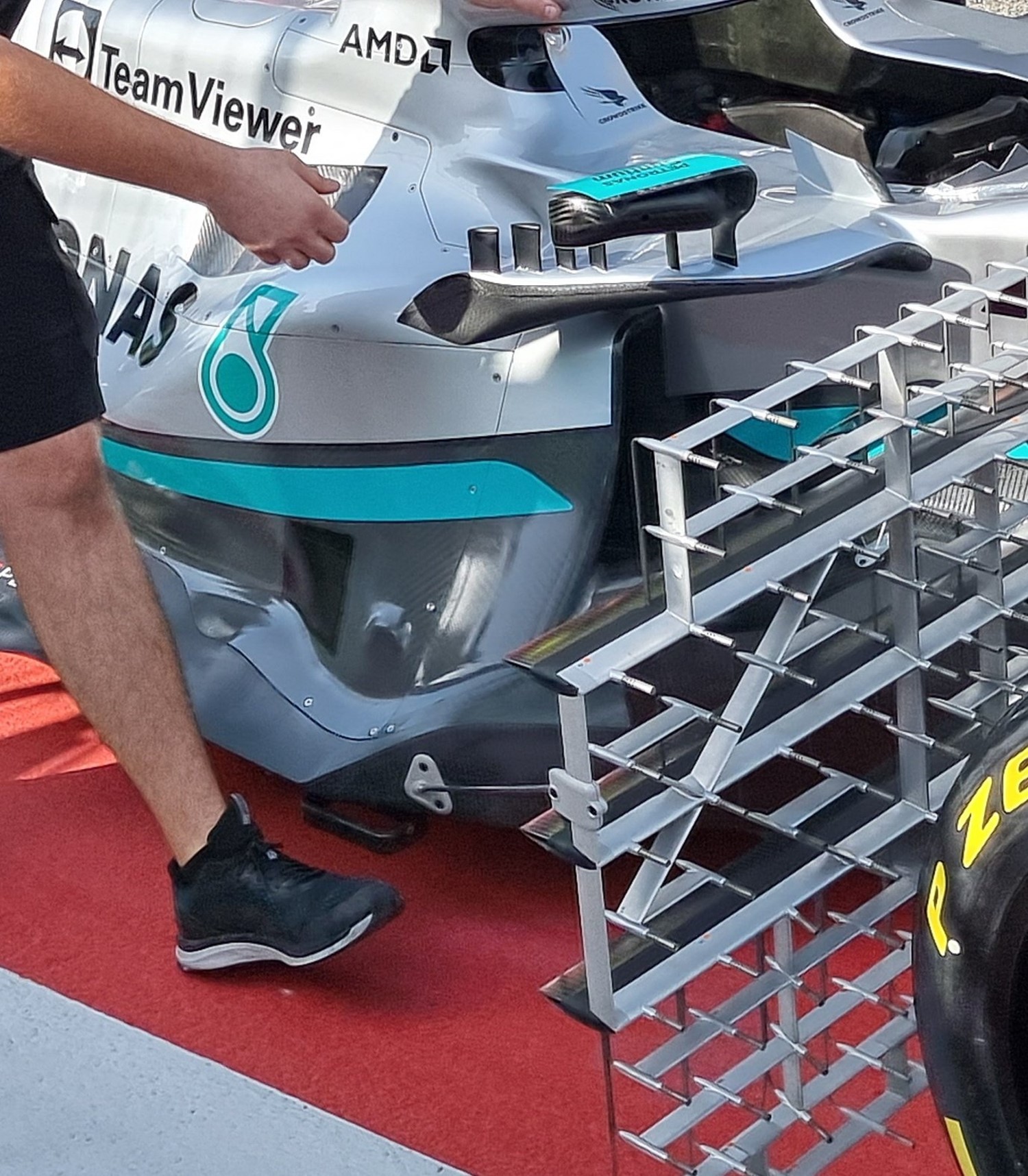F1: 2023 Technical Rule Change Highlights
The 2023 F1 season will see an evolution of the Technical Regulations that were introduced last season.
FIA 2023 F1 Technical Regulations
Raised floor edges
The outer edge of the floor in front of the rear wheels must be raised by 15 millimeters in an effort to get porpoising under control. This is expected to cost the cars about 0.5s per lap, which they will make up with the new cars.
More sensors to measure vertical movements
Since the 2022 Belgian GP, sensors have been introduced to measure the vertical accelerations of the cars in an effort to get porpoising under control.
Raised the “throat” of the diffuser
The FIA has decided to raise it by 10mm to reduce the sensitivity of Formula 1 to variations of dynamic ride heights (meaning when the car is in motion).
Weight Reduction
Minimum weight drops. In 2023 it will be 796 kilograms, two less than the 798 target in 2022.
Stricter tests for the roll bar and larger rearview mirrors
Zhou’s accident at Silverstone prompted the tightening of main roll hoop structure tests. It shall withstand an impact of 15G and withstand the simultaneous application of a frontally and rearwardly applied load. In 2023 the surface (cross section) of the mirrors will be increased by 50% to enhance rear visibility.
Stricter guidelines for the front and rear wings assembly
The FIA in 2023 has locked down the front and rear wing designs so teams cannot introduce designs like Mercedes did (front ring) and Aston Martin did (rear wing) that were outside the intent of the rules.
